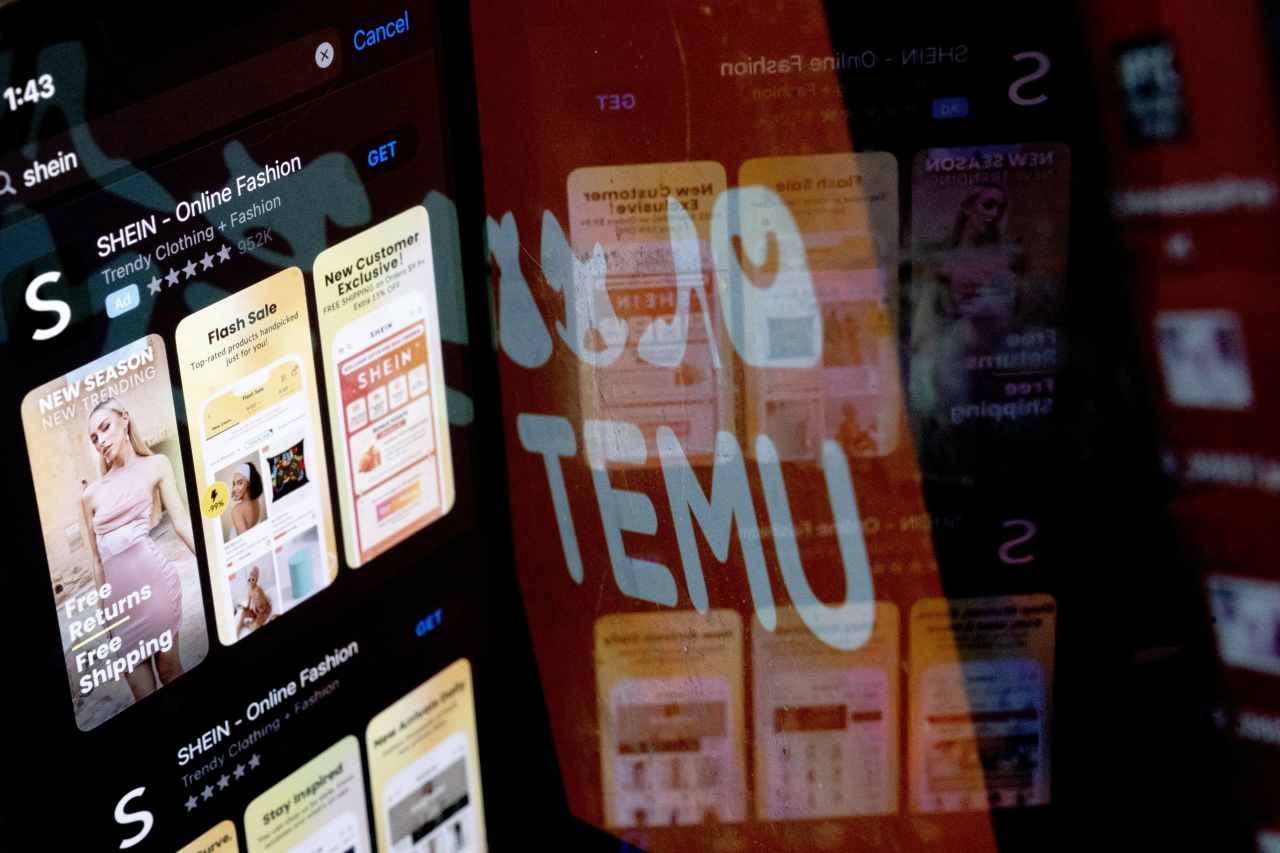Edit Content
Trending






Researchers from Imperial College Business School and University of Leeds published a Journal of Marketing study that examines the impact of BNPL installment payments on retail sales. The study is titled “Buy Now Pay Later: Impact of Installment Payments on Customer Purchases” and is authored by Stijn Maesen and Dionysius Ang.
Buy now, pay later (BNPL) is an increasingly popular payment method, allowing customers to spread payment into interest-free installments over a few weeks or months. Worldwide BNPL spending was $316 billion in 2023 and is expected to grow to $450 billion by 2027. With major retailers such as Walmart and H&M partnering with BNPL providers like Affirm, Klarna, and Afterpay, over 45 million U.S. customers have adopted this payment method.
When customers choose BNPL installments at the checkout of a participating retailer, the bill is paid in full by the BNPL provider to the retailer. Customers pay the BNPL provider for the first installment at the time of purchase and repay the remaining interest-free installments over a short time period.
However, despite the growing popularity of BNPL installment payments, little is known about their impact on retail sales.
In this new study, the researchers use transactional data from a major U.S. retailer and find that BNPL installment payments boost spending. By allowing customers to pay for purchases in smaller, interest-free installments, BNPL boosts both the number of purchases and the average amount spent.
The study compares BNPL installment payments to upfront and delayed lump sum payments. BNPL consistently boosts spending across various products (e.g., party supplies, apparel, flights, mugs, coffee pods) and number of installments (e.g., three installments, four installments, six installments).
According to this study, there are two main reasons why BNPL installment payments lead to more spending:
1) BNPL’s impact on spending stems from alleviating perceived financial constraints. In particular, BNPL installment payments increase spending among customers who previously relied more on credit cards and tended to buy smaller baskets of goods. Customers who pay in BNPL installments feel less financially constrained than those who pay an equivalent amount in a lump sum, both upfront and delayed. Customers may focus on the segregated installments (“four installments of $15”) and judge these as less costly than the aggregate term (“total cost of $60”). By alleviating perceived financial constraints, BNPL installment payments encourage customers to spend more.
2) Moreover, BNPL facilitates budget control. It is often easier to estimate budgets for shorter time frames (“next month”) than for longer time frames. Unlike traditional credit card payments (a single lump sum due at the end of the month), installment payments are segregated into shorter timeframes (4 weekly payments). By highlighting a shorter time frame, BNPL can give customers a sense of greater control over their budgets.
“By making payments appear less costly and facilitating budget control, we discover that BNPL installment payments feel less financially constraining. Consequently, this reduction in financial constraints translates into greater spending,” Maesen says.
Discover the latest in science, tech, and space with over 100,000 subscribers who rely on Phys.org for daily insights.
Sign up for our free newsletter and get updates on breakthroughs,
innovations, and research that matter—daily or weekly.
Previous studies have focused on framing prices in aggregate terms ($60 a month) or segregated terms ($15 a week) and demonstrated that segregating versus aggregating prices has consequential effects on perceptions and purchase intentions. This new research differs from previous studies in the following ways:
This research offers actionable insights for various stakeholders:
Understanding the benefits and potential risks associated with BNPL is crucial as this payment method continues to reshape the retail landscape.
More information:
Stijn Maesen et al, Buy Now, Pay Later: Impact of Installment Payments on Customer Purchases, Journal of Marketing (2024). DOI: 10.1177/00222429241282414
Provided by
American Marketing Association
Citation:
Buy now, pay later installment payments increase retail spending, study finds (2025, February 4)
retrieved 4 February 2025
from https://phys.org/news/2025-02-buy-pay-payments-retail.html
This document is subject to copyright. Apart from any fair dealing for the purpose of private study or research, no
part may be reproduced without the written permission. The content is provided for information purposes only.
©2024. Livebuzznews. All Rights Reserved.